Doors can be a very important part of any home and can easily add style and functionality to your space. Choosing the right doorframe is essential for creating a perfect look for your door.
Doorframes are an important part of the architecture of a home, and dogs can often damage them if they’re not treated properly. Chewing can cause damage to the wood, which can eventually lead to rotting and even structural failure. In addition, chewing can leave scars on the doorframe, making it difficult to close or open the door correctly.
There’s nothing quite as frustrating as finding dog chew marks all over your doorframe. Fortunately, you can use a few simple tricks to get your dog to stop chewing. We’ll discuss why dogs chew furniture and five tips on how to deal with the problem. We’ll also provide instructions on how to train your dog not to chew doorframes in the future. So read on and learn how to get your dog to stop chewing on doorframes.
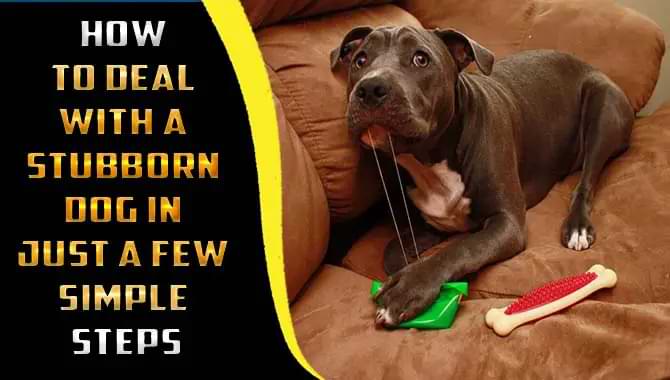
Why Is My Dog Chewing Door Frames?
There are a few reasons why your dog might be chewing on doorframes. It can be boredom, anxiety, or a problem with the house. If you’re unsure what’s causing the chewing, consult your veterinarian. However, you can do a few things to help reduce the behavior.
For example, get your dog a chew toy that he can play with safely outside the house. Be consistent in disciplining your dog for chewing – this will help to reduce the behavior significantly over time.
How To Deal With A Dog That Chews On Doorframes – 5 Method
Door frames can be a favorite chew toy for dogs, and it’s not always easy to stop them from chewing on them. However, there are a few simple steps that you can take to prevent the problem from escalating. Start by training your dog early on not to chew on door frames.
If this doesn’t work, try using a baby gate or screen to prevent access to the door frame. If that’s still not enough, confine the dog in another room without access to the door frame. Do you have a dog that chews on doorframes? If so, you’re not alone. Unfortunately, this habit can lead to doorframe damage and even replacement, so it’s important to know how to deal with it. Here are 5 tips to help you out:
- Train your dog from an early age not to chew on doors or other items that aren’t part of the regular diet. This will help them learn that these items are inappropriate places to chew.
- If your dog is chewing on doors out of boredom or mischief, try distracting them by providing them with toys or other activities they’re interested in. This will help break the habit of chewing on doorframes.
- If your dog is chewing on doors because they’re territorial or anxious, keep them in a safe place where they can’t access doorframes. This will help stop chewing from becoming a territorial issue.
- If your dog starts chewing excessively on doorframes, it may be necessary to replace them entirely. This may be a difficult decision, but it may be necessary if it continues to cause extensive damage.
- Always consult a veterinarian before taking any drastic measures, such as replacing doorframes, to avoid potential damage or injury.
11 Tricks To Train Your Dog Not To Chew The Door Frame

Likely, the dog is simply bored and looking for something to do. But if you’ve noticed that the dog has been chewing on doorframes more frequently recently, it may be worth looking into its situation.
It can be frustrating when your dog starts chewing on doorframes, especially if it’s becoming a common habit. Thankfully, you can use a few simple strategies to train your dog not to chew on doorframes.
1.Use the Crate
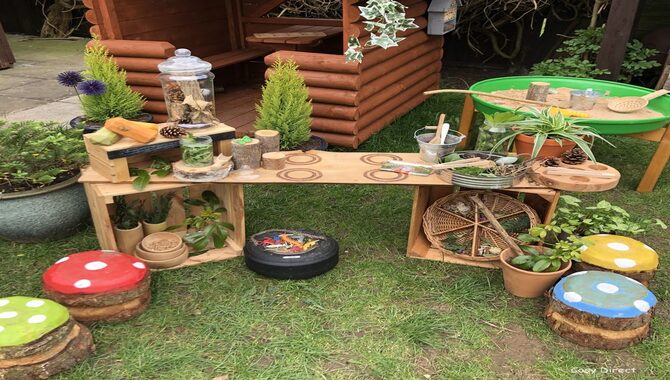
One of the best ways to train your dog not to chew on doorframes is to put them in a crate. This will give your dog something fun and exciting to do, which may help break the boredom that leads them to chew on doorframes.
If you have multiple dogs, it may also be helpful to assign each one their crate so that they don’t get into mischief while inside.
2.Supervise Them
Supervising your dog is an important part of training them. By being present when they are chewing and consistently reinforcing the good behavior, you will be able to quell this behavior quickly. If you notice your dog chewing on door frames excessively, it’s best to take away their favorite chew toy or toy until the problem goes away.
Once the behavior has subsided, give them a treat for behaving well. If this keeps happening despite following these steps, then professional help may be necessary.
3.Use Deterrents
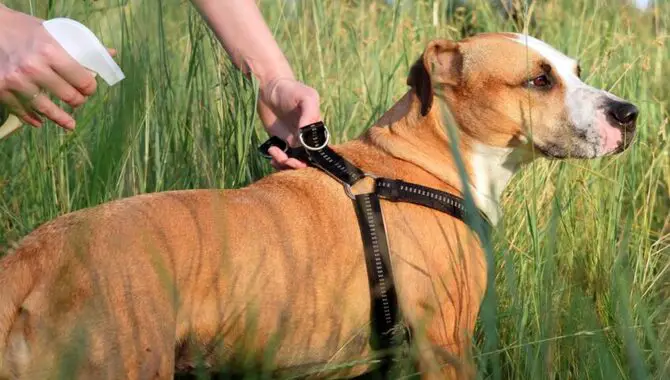
You can use several deterrents to train your dog not to chew on doorframes. One popular option is bitter apple spray. This spray creates an unpleasant smell, which may discourage your dog from chewing on doorframes.
You can also try using pet-safe chew toys made from tough materials like rubber or plastic instead of wood. These toys will be more difficult for the dog to gnaw through, so they may become discouraged from chewing on doorframes altogether.
4.Teach Them to Heed Commands
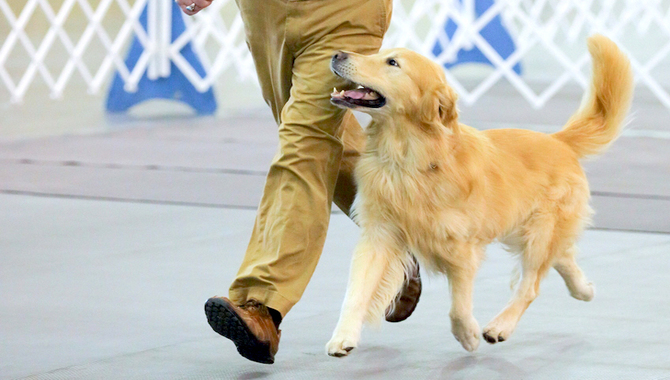
It is important to teach your dog the commands that will help them stop chewing doorframes. Start by rewarding them when they stop doing it and be consistent in your training. If your dog still chews on doorframes, take him to a professional trainer who can help with breaking the habit of chewing. Make sure you have a chew-proof doorframe, so he does not get bored of trying to chew it instead of something else.”
5.Make Sure They Get Exercise

Dogs not getting enough exercise may start chewing on things to occupy their time. This can include doorframes, other household objects, and even the dog’s toys.
If your dog is chewing on doorframes excessively, ensure you give them plenty of outlets for their energy by providing them with Exercise Rx chew treats or playing games together outdoors.
6.Establish A Routine

Establishing a routine is important, so your dog knows what is expected of them when chewing on door frames. Make sure you set a good example by not chewing on doorframes yourself and punishing your dog if they do. Finally, provide plenty of chew-proof toys for them to play with instead of doorframes.
7.Meet Your Dog’s Needs
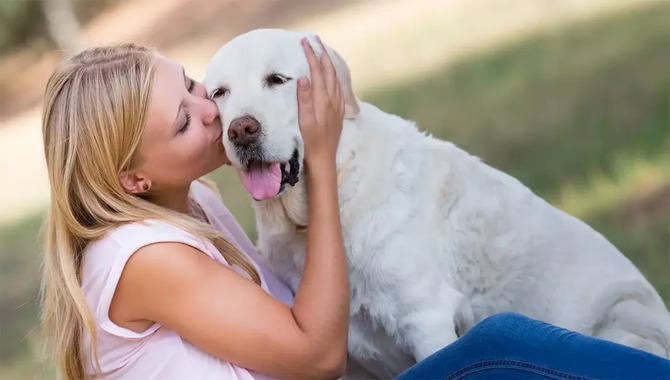
Dogs need plenty of mental and physical exercise to stay healthy, happy, and sane. Playing fetch or going for a walk with your dog is a great way to provide both – it’s fun for you and stimulates your dog’s mind and body in equal measure. Plus, by playing together, you can help avoid boredom problems (which might lead them to chew on things) and keep each other entertained.
Feeding your dog good food that is low in fat and carbohydrates will help curb tooth decay – ensure the food doesn’t contain harmful additives. And finally, be sure to fit door frames appropriately with anti-chewing devices; otherwise, your furry friend may end up chewing holes through them.
8.Teach Your Dog To Settle
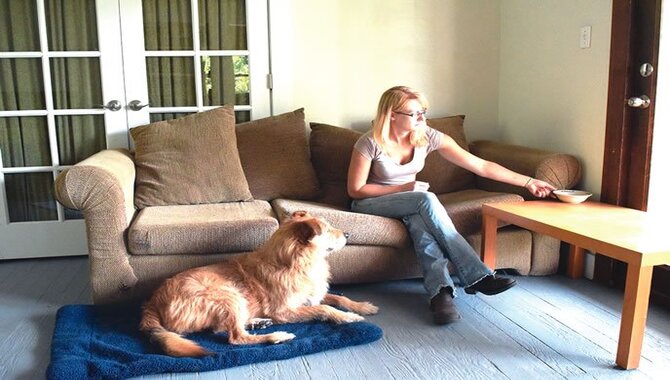
Dogs chew on door frames because they are trying to tell you something. Specifically, they might be trying to tell you that there’s something inside the house that they’re not supposed to have access to. If your dog is constantly chewing on doorframes, it might be time for a training session to teach him what is acceptable behavior.
Along with providing plenty of toys and treats, ensure you’re consistent with your rules – stick by them no matter what. As long as you remain patient and provide positive reinforcement along the way, eventually, your dog will learn not to chew on doorframes.
9.Hire A Dog Trainer
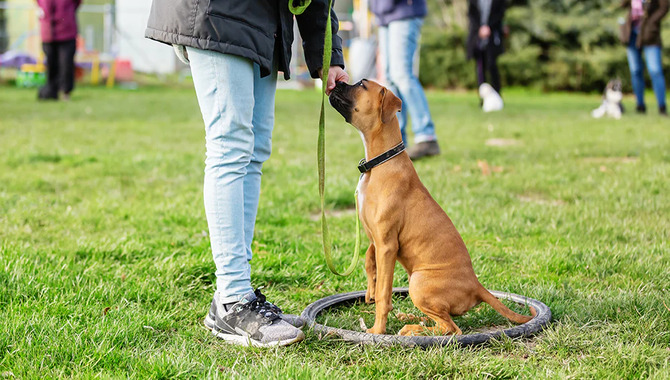
If you’re constantly dealing with a dog chewing on doorframes, it’s time to hire a dog trainer. This is because trainers have the skills and knowledge to help stop your pet from doing this problem. Different techniques can be used depending on the situation – for example, clicker or alpha training. Once your dog has learned to obey these commands, it should hopefully stop chewing doorframes altogether.
10. Leave Quietly
Many believe that allowing their dogs to chew on doorframes will keep them entertained. However, this isn’t always the case. In fact, it can actually lead to boredom and other problems down the line. If your dog is constantly chewing on doorframes, try leaving quietly – they’ll probably be more interested in what’s going on outside than in whatever toy or treat you’ve left inside the house.
11. Leave A Puzzle Toy
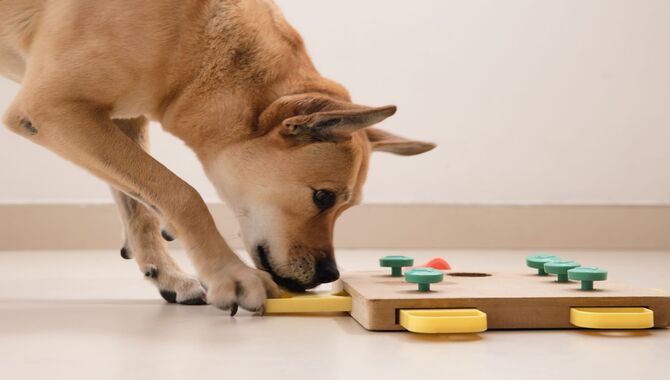
Leaving toys and treats inside the house might not be an option if your dog is constantly chewing on doorframes. In this case, you could try leaving a puzzle toy instead. This will keep them occupied for a while – hopefully, long enough that they eventually stop chewing on doorframes.
Chewing is a natural behavior for dogs but can lead to destructive chewing if not supervised. One way to stop your dog from chewing on doorframes is by providing them with durable chew toys. If this doesn’t work, consider getting a fence or gate to keep them inside. It may take some time, but soon enough, they will learn that doorframes aren’t an appropriate place to chew.
Conclusion
Doors and doorframes are an important part of any home. They protect your property from the weather and enable you to control who comes and goes. A dog in your neighborhood seems to love chewing on doorframes. This is a very common problem with dogs who chew on doorframes.
In most cases, it’s actually a sign of aggression or dominance in the dog. Chewing on doors serves as a way for the dog to assert its dominance and mark its territory.
Dogs chew on doorframes for various reasons, but most can be dealt with with a few simple tips. Check out our tips below if you’re struggling to teach your dog not to chew doorframes. Additionally, be sure to read our blog post on how to train your dog to be a polite guest in your home. Together, we hope that you can put an end to your dog’s chewing on doorframes.
Frequently Asked Questions:
[rank_math_rich_snippet id=”s-52978437-62d0-4d75-b8e5-89f9cda3dc83″]